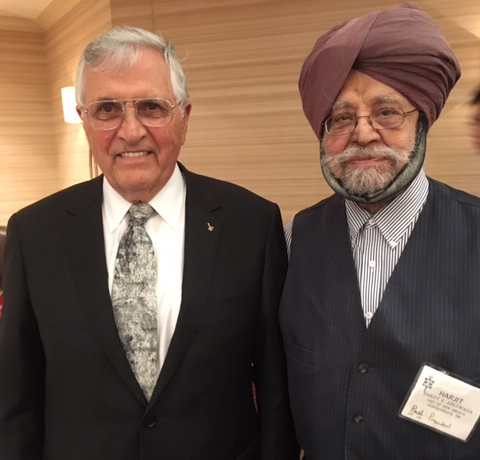
| Home | || | About | || | Resume |
Current research focuses on issues related to understanding the observed variations of galactic cosmic rays (GCRs), at earth's orbit, on time scales ranging from less than one hour to several decades. This work includes a study of the solar daily variations of cosmic rays, transient effects (Forbush decreases, ground level enhancements, etc), as well as the isotropic modulations of GCR intensity (11- and 22-year modulations). The observations obtained at global sites with a variety of detectors are analyzed; these include neutron monitors (NMs), shielded ion chambers (ICs), muon telescopes (MTs) located underground, as well as at sea level and mountain sites. Also, data obtained with detectors carried on board balloons and a variety of spacecrafts are looked at. The data are correlated with changes in solar activity and solar wind parameters, such as its velocity (V) and the embedded turbulent magnetic field intensity (B). A variety of GCR streaming patterns in the heliosphere contribute to observed anisotropies on the spinning earth. This is an exciting time for heliospheric physics, now that the Ulysses spacecraft has made in situ measurements at off-ecliptic helio-latitudes since 1992 and Voyagers 1 and 2 are at the edge of the heliosphere. A concerted effort is underway to determine the rigidity dependence of the diffusion coefficients and charged particle gradients in the 3-D heliosphere. We have also developed a methodology to predict the amplitude and rise time of a sunspot cycle.